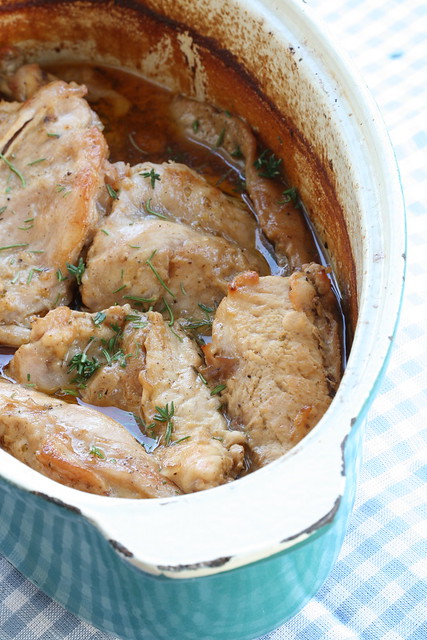
Doesn't this look like something wonderfully light and spring-like? We've had couple of beautifully sunny days here in Estonia recently and I do believe now that this looooong and greyish winter will end, eventually.
Here's a simple lunch or dinner idea, using new potatoes, cooking chorizo (you can choose a spicy or milder one, it's up to you) and fresh mackerel. Flavoursome and filling!
Grilled mackerel with potato and chorizo hash
(Grillitud makrell chorizo-kartulipadjal)
Adapted from DeliciousMagazine.co.uk
Serves 4
500 g new potatoes, skin on
2 whole mackerels, filleted into 4 either by you or your fishmonger
2 Tbsp olive oil
juice of 1 lemon
1 garlic clove, crushed
a small bunch of flat-leaf parsley, roughly chopped
100-150 g cooking chorizo, cut into smaller chunks
salt and black pepper
Wash the potatoes thoroughly, then parboil in salted water until just tender. Drain and cool slightly.
Put the fish fillets into a shallow dish. Mix together the olive oil, lemon juice, crushed garlic, chopped parsley. Pour over the fish, then season generously with salt and pepper.

Peel the cooled potatoes, chop into smaller pieces.
Pre-heat the grill to high.
Prepare the potato and chorizo hash. Heat a large frying pan and cook the chopped chorizo over a high heat for about 2 minutes or until the oil starts to run. Add the chopped potatoes and cook for another 8-10 minutes, stirring every now and then, until the chorizo and potatoes are golden and crisp.
When the potatoes and chorizo are cooking, lift the mackerel fillets from the marinade. Place onto a grill rack and grill for 7-8 minutes, until the skin is golden and the flesh is cooked through.
To serve, spoon the potato and chorizo onto warmed plates, place the fish fillets on top, drizzle with some herb oil and serve immediately.












